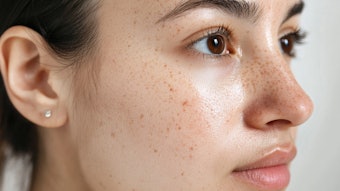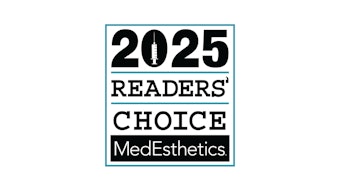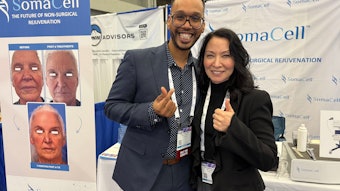
Candidate interviews, whether for college, residency programs or employment, traditionally carry a lot of weight. They also are a significant source of bias in admissions and hiring. Is there a better way to find the best candidates?
This is what researchers at the University of Wisconsin-Madison Plastic Surgery residency program hoped to determine when they incorporated linear modeling into their 2019 residency application process. Their methodology and findings, published in Plastic and Reconstructive Surgery (March 2021), may provide guidance for other programs and organizations.
To test the outcomes of a linear ranking selection process, the residency program implemented a linear model alongside its traditional resident-selection process. The goal was to improve consistency in residency selection, improve fairness in ranking applicants against each other and improve ethics in selection by removing sources of systematic and unconscious personal bias.
A group that included the department chair, program director, senior (>15 years of resident education) and junior faculty (3 to 4 years of resident education), and residents, created a list of attributes needed to succeed in plastic surgery. These included:
- Intelligence
- Conscientiousness
- Affability
- Curiosity
- Compassion
- Teamwork
- Self-direction
- Communication
- Situational awareness
They then identified application factors that might correlate with these key attributes:
- United States Medical Licensing Examination (USMLE) Step 1 and Step 2 scores
- Medical school (name/reputation)
- Medical school grades
- Letters of recommendation (and quantitative form)*
- No. of publications (manuscripts vs. presentations vs. posters)*
- No. of publications (first author vs. other)*
- AOA status
- Awards
- College/GPA
- Interview performance
- Extracurricular activities
- Personal statement
Sixty applicants were ranked in the 2018 to 2019 application cycle using a total score (maximum score of 100) calculated based on each of these attributes. A separate rank list was maintained using the program’s standard methodology for applicant ranking, which involves global intuitive scoring during the interview process.
The rank lists were found to be generally similar, with some major discrepancies that were reviewed and used as a starting point of discussion among the team in the selection process.
Read the full paper and methodology here.











